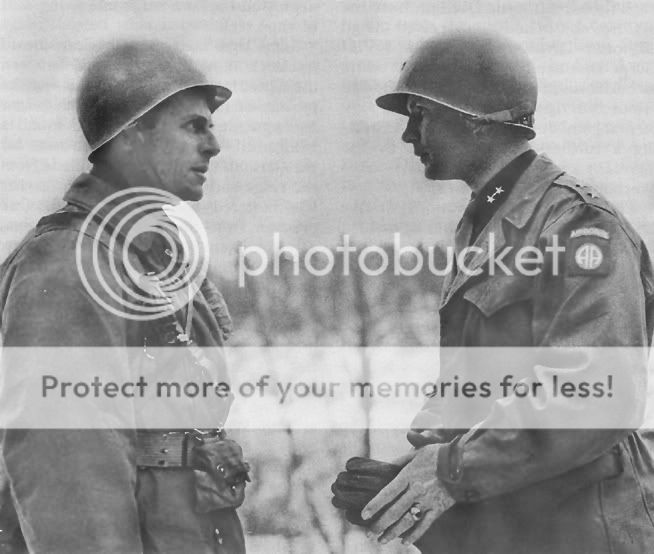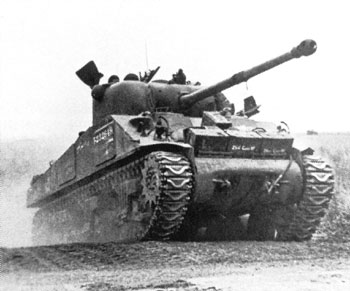- May 20, 2009
- 144,258
- 66,563
- 2,330
At the end of the war, the Allies got a chance to look at the full extend of German R&D and they were working on Jet Engines and other advances that might have given them an edge.
The situation in the East was desperate. Since the defeat at Stalingrad in 42, the war had been headed inexorably back toward Germany. In late 43 or early 44 Rommel had suggested that they could thwart the Soviet advances by producing more fighters than bombers and more 8.8cm Pak anti tank guns than tanks.
The fighting men of the USA really comported themselves well at the Bulge! Thank God for their fighting Spirit and resolve!
Also Patton's Prayer was for real, "To each officer and soldier in the Third United States Army, I Wish a Merry Christmas. I have full confidence in your courage, devotion to duty, and skill in battle. We march in our might to complete victory. May God's blessings rest upon each of you on this Christmas Day. G.S. Patton, Jr, Lieutenant General, Commanding, Third United States Army."
The situation in the East was desperate. Since the defeat at Stalingrad in 42, the war had been headed inexorably back toward Germany. In late 43 or early 44 Rommel had suggested that they could thwart the Soviet advances by producing more fighters than bombers and more 8.8cm Pak anti tank guns than tanks.
The fighting men of the USA really comported themselves well at the Bulge! Thank God for their fighting Spirit and resolve!
Also Patton's Prayer was for real, "To each officer and soldier in the Third United States Army, I Wish a Merry Christmas. I have full confidence in your courage, devotion to duty, and skill in battle. We march in our might to complete victory. May God's blessings rest upon each of you on this Christmas Day. G.S. Patton, Jr, Lieutenant General, Commanding, Third United States Army."
Last edited:



